How to understand soil
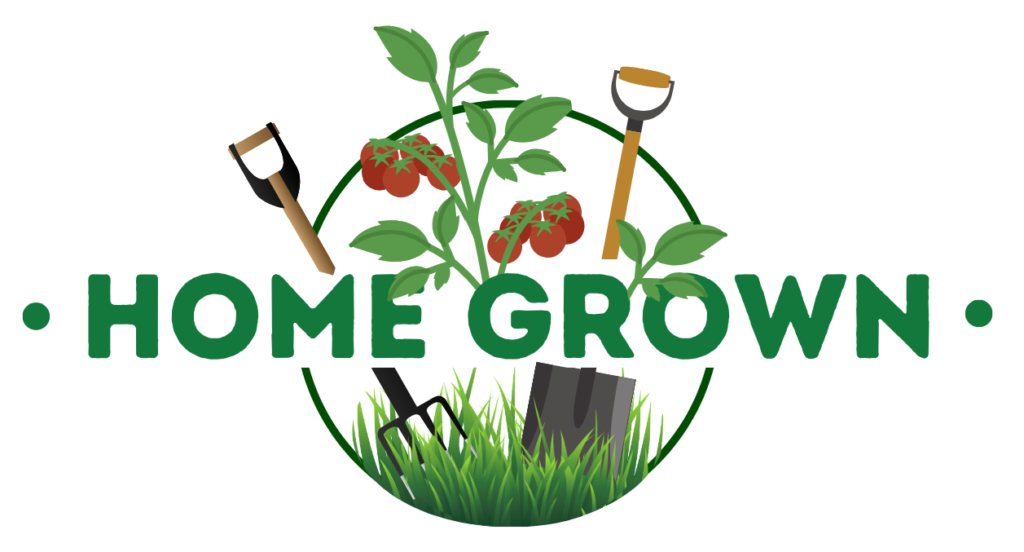
Soil is a hugely important resource to everyday human life. It helps us grow crops to eat, is habitat to billions of beneficial organisms, helps to keep carbon in the ground and so much more!
As soil is such a vital part of our lives it is important to protect it. When buying compost for your gardens and vegetables think about where this soil has come from. With growing awareness gardeners tend to avoid Peat based products and buy Peat free instead. For more information on Peat and its impact on the environment please do check out this National Trust article: https://www.nationaltrust.org.uk/discover/gardening-tips/guide-to-peat-free-gardening
The different types of soil
There are various types of soil that have different properties. The ratio of each determines the characteristics of your soil, for example a sandy soil maybe more free-draining, whereas a clay soil will hold more water. ‘Ideal’ soil depends on the requirements of the plant.
Vegetables will grow satisfactorily on nearly all soil provided it is properly managed. (Vegetables also like lots of compost and organic matter*, see ‘how to make compost’). You might hear the word ‘loam’ soil and this is a sort of halfway point between sandy, clay and silt soils and if you are lucky enough to have it, it is the perfect soil type for gardening.
*We will be talking about ‘organic matter, compost and mulch’. Organic matter can include a mix of animal manure, bark chips, cardboard, coffee grounds, fallen leaves, composted garden and kitchen waste (such as veg leftovers and plastic free tea bags), lawn mowings, straw, sawdust and woodchips. While organic matter encompasses a broad range of materials in various stages of decomposition, organic compost is a more refined product that has undergone the composting process. Mulch is a thick layer of material placed over the soil and around plants, used to suppress weeds and lock moisture into the soil, while acting as a physical barrier to drying winds and direct sun.
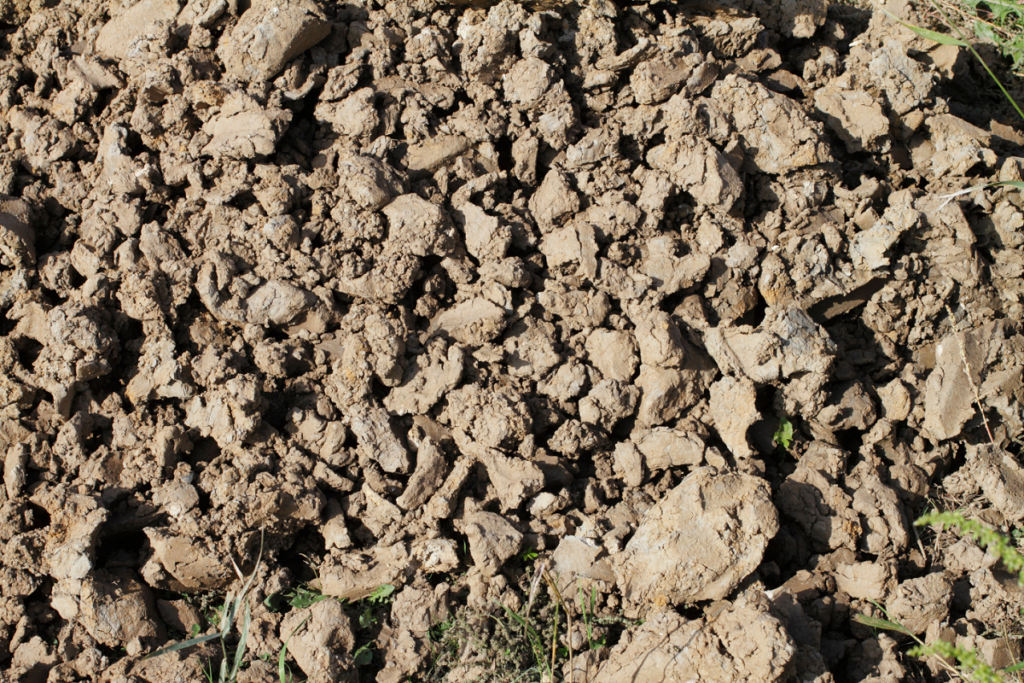
Silt soil
A mixture of sand and clay, silty soil feels soft. It’s great at holding moisture and is usually very rich in nutrients. The soil is easy to work with and can be compacted with little effort. If drainage is provided and managed this is a great soil for the garden. Mixing in organic matter can help to improve drainage and structure while also adding nutrients.
Possible issues
- Prone to washing away and wind erosion
- Poor water filtration that can restrict root penetration
Remedies
- Planting will help keep soil from washing away
- Add in organic matter to help it become more free draining
Watering: Plants in silt soil benefit from moderate watering, deeply and less frequently to encourage deep root growth.
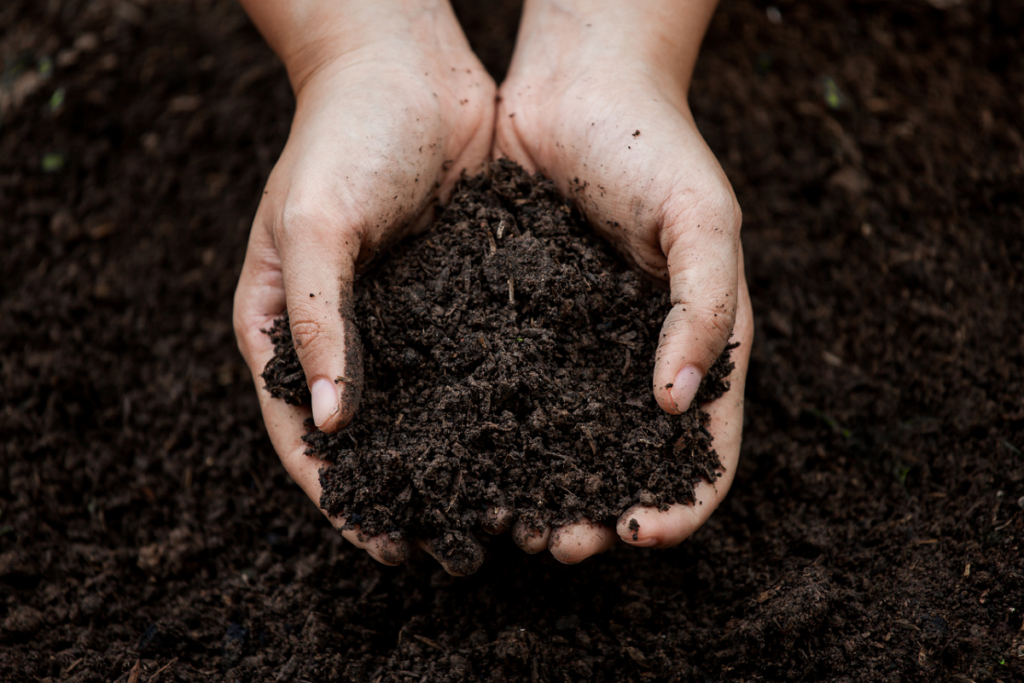
Clay soil
Clay soil feels heavy, lumpy and is sticky when wet and rock hard when dry. Full of nutrients it is poor at draining and has few air spaces. In spring it will warm up, but it is heavy to cultivate. If the drainage for the soil is enhanced, then plants will flourish and grow due to the rich nutrients it holds.
Possible issues
- Lack of drainage
- Cold due to the amount of water making it unsuitable for early crops
- Heavy to work with
- Waterlogged in winter but cakes hard in summer
Remedies
- Opt for a ‘no dig’ regime as this suits clay soils well
- Dig in plenty of bulky organic matter or composted bark
- Apply organic mulches around any permanent plants to reduce cracking
Watering: Plants in clay soil take well to slow, deep watering to allow the water to penetrate the clay soil gradually. It is important to allow long intervals between watering so it dries out to prevent root rot.
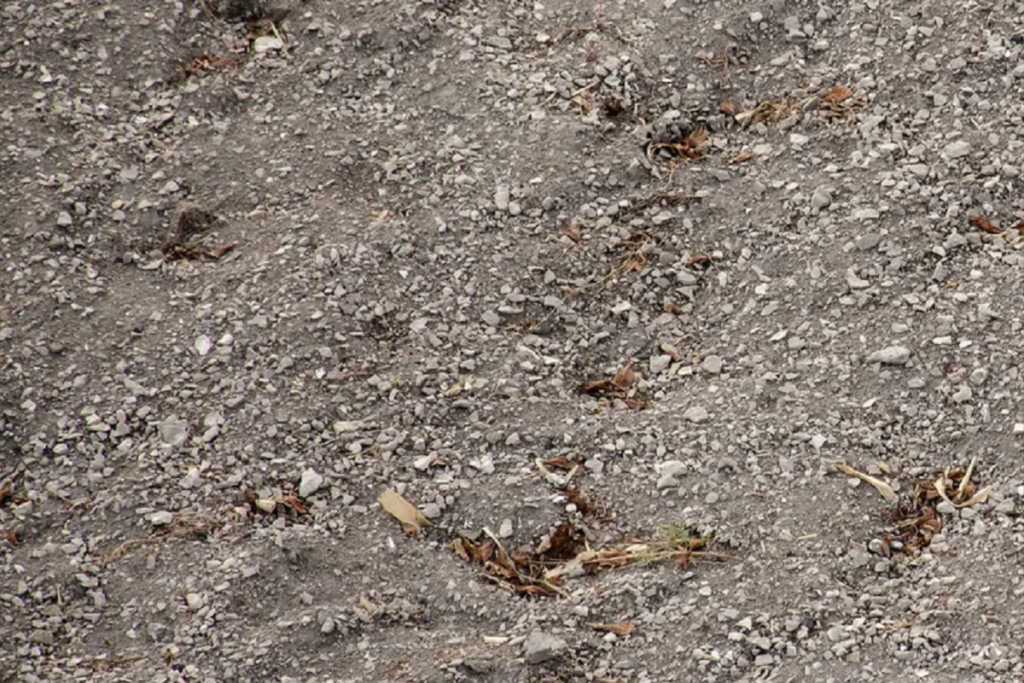
Chalk soil
Chalky soil is larger grained and generally stonier compared to other soils. It is free draining and usually overlays chalk or limestone bedrock. It is alkaline in nature, which can often lead to stunted growth and yellowish leaves; however, this can be resolved by using the right fertiliser and balancing the pH levels.
Possible issues
- Doesn’t retain water or plant nutrients
- Highly alkaline which can be harmful to some plants
- Breaks down compost very quickly
- Often very stony
- Very porous soil and free draining
Remedies
- Have a regular watering schedule (using rainwater)
- Add organic mater and mulch to slow water absorption, release nutrients and improve texture
- Add organic fertilizer
Watering: Plants in chalk soil need watering deeply and less frequently to ensure the water gets to the roots.
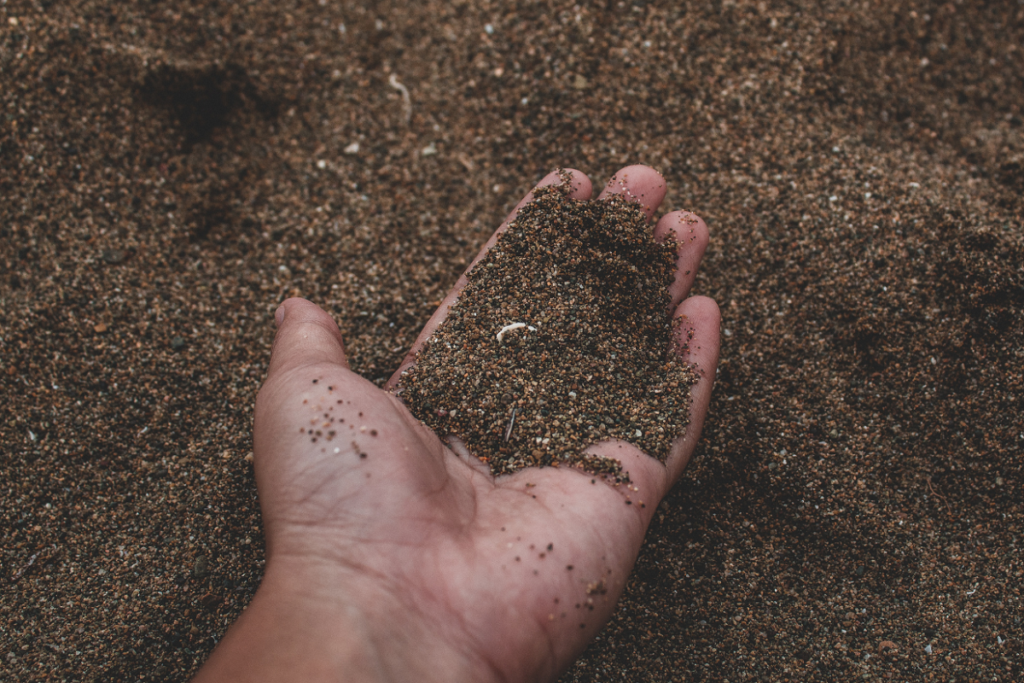
Sandy soil
Sandy soil is gritty. It drains easily, dries out quickly, and is easy to work with. It warms up fast in spring and because there’s so much space for air between the large soil particles, water and nutrients can move quickly and easily through these soils but this also makes it dry and poor in nutrients.
Possible issues
- Does not retain nutrients
- Dries out very quickly
- Is more acidic that most plants like
- Cools down more quickly than other soils and plants can die off earlier in the season
Remedies
- Improve nutrient and water holding capacity by adding organic matter
- Water more regularly using collected rainwater
Watering: Plants in sandy soil need frequent, light watering as the water passes through easily.
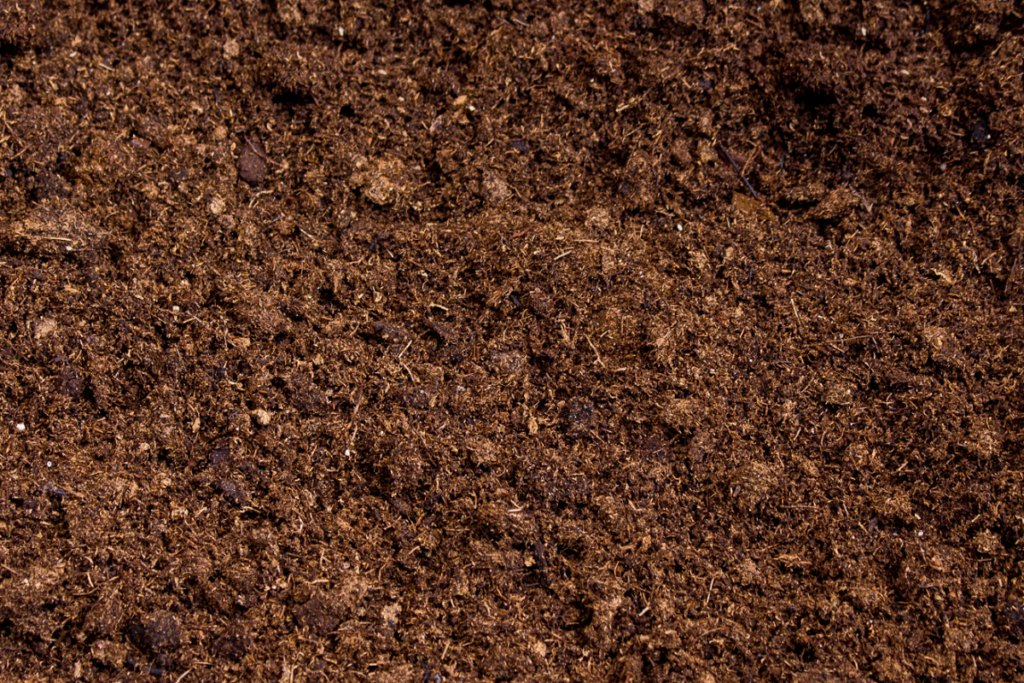
Peat soil
Peat soil is a darker soil that feels damp and spongy as a result of its higher levels of peat. As it is an acidic soil type it slows down decomposition, which leads to the soil having fewer nutrients (although it is rich in organic mater). In spring, the soil heats up quickly and can retain a lot of water, which usually requires good drainage. It is not commonly found in home gardens.
Possible issues
- Doesn’t drain well
- Poor in plant nutrients
- Too acidic for many plants
Remedies
- Add lime to raise the pH level and improve drainage
- Add perlite to improve texture and drainage
Watering: Peat is not often found in the UK gardens but if you have it, treat it like clay soil. It can get waterlogged so let it dry out between waterings.
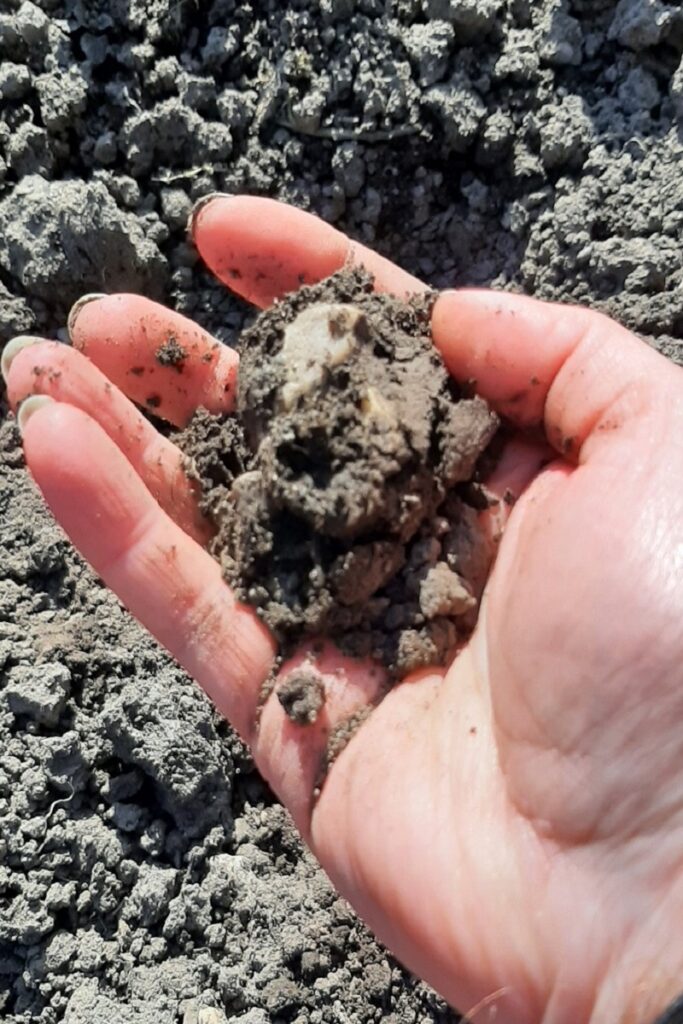
How do I find out what soil type I have?
The easiest way to determine what sort of soil you have is to look at it and feel it. Get your hands into the top 8-10cm and ask the following questions:
- Is it slightly sticky and dense and feels smooth (not gritty) when rubbed between finger and thumb? Can it be rolled into a sausage shape? If yes, it is likely you have clay soil.
- Does it have a gritty quality, is fine and doesn’t stick together or falls through your fingers? If yes, it is likely you have sandy soil.
- Does it feel slippery rather than sticky and doesn’t clump together well? If yes, it is likely you have silty soil
- Is your soil whitish in colour, have visible stones and quite dry normally? If yes, it is likely you have chalky soil. (You can also determine if your soil is chalky by putting a table spoonful into a cup of vinegar, and if it froths, it is chalky)
- Does your soil feel spongy when squeezed and damp? If yes, it is likely you have peaty soil.
